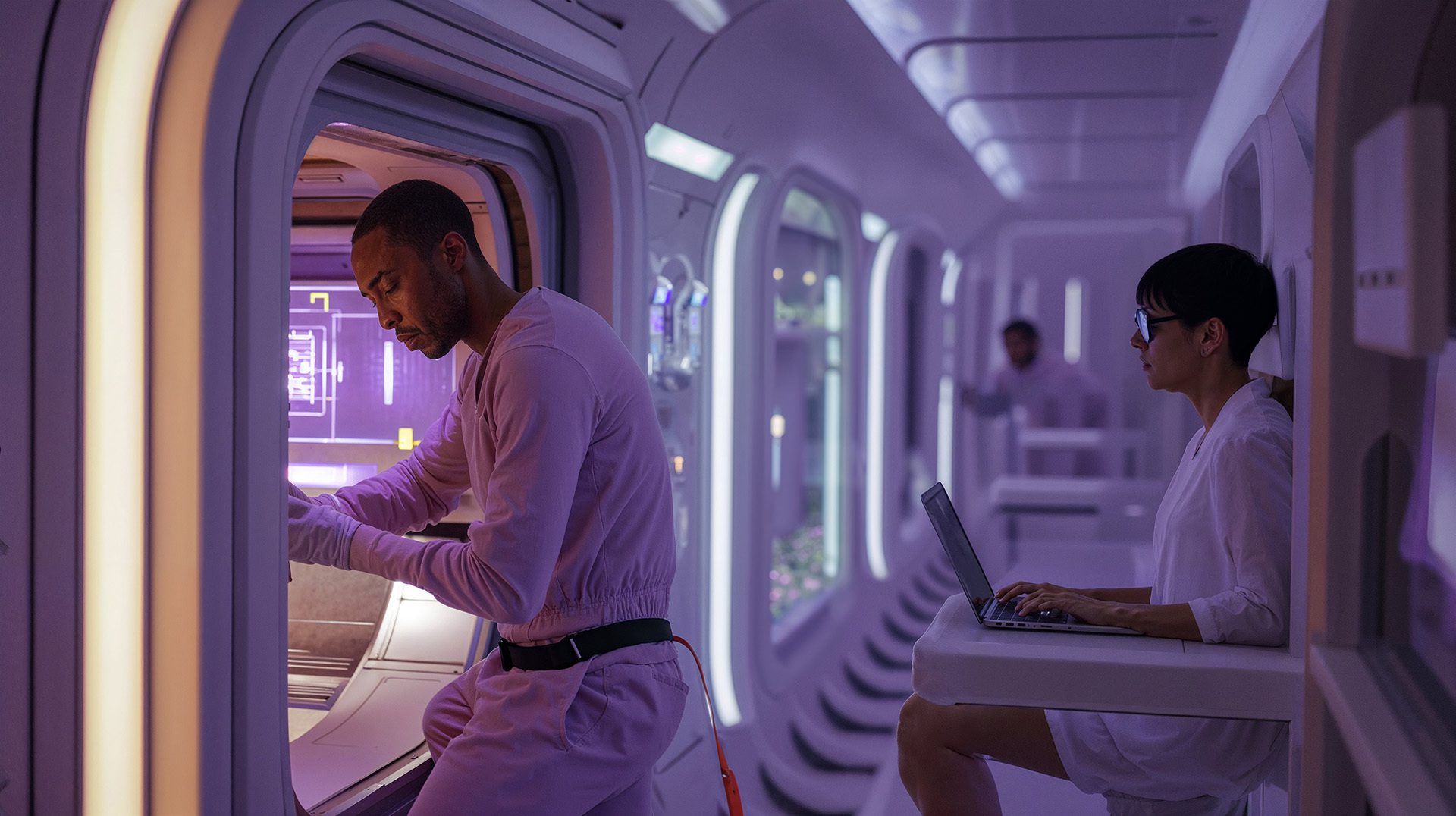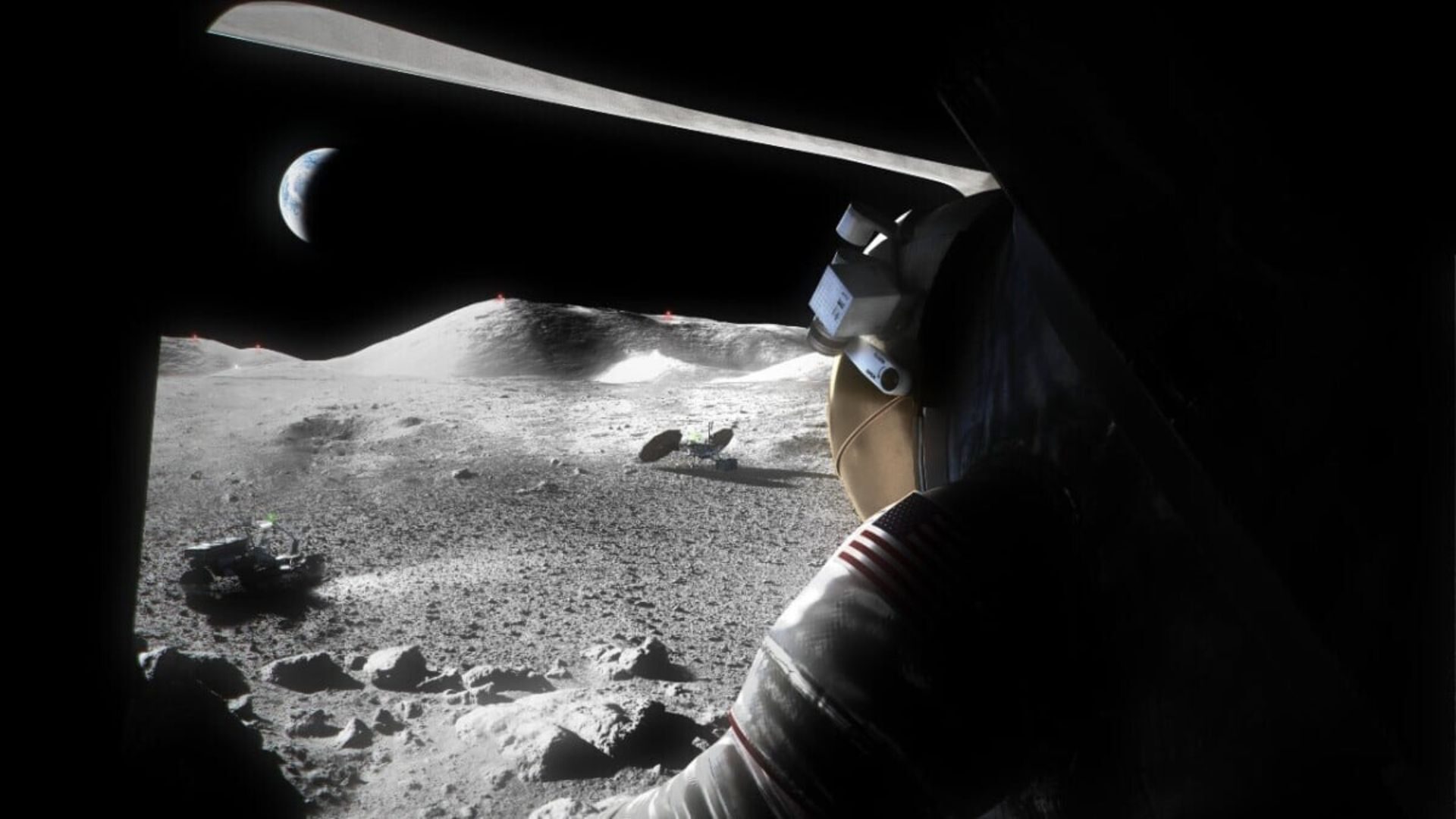
Space

Jesse Peck | Technical Director

Jesse Peck
Jesse is a product engineering and design leader with over 15 years of experience building and leading interdisciplinary teams in R&D and technology commercialization.
The space industry has always been about pushing boundaries—of technology, of human endurance, of what we once thought possible. As missions become more ambitious and complex, the question is no longer just about what we’re building but how it works for the people who will rely on it. In an industry defined by technical precision and unforgiving environments, human-centered design is gaining momentum as a competitive advantage in shaping space technology, bringing a new focus on usability and human needs.
The logic is simple: no matter how advanced a system is, if the people using it can’t interact with it efficiently, its potential is compromised. Engineers designing for space know this truth well—success hinges on both technical excellence and how technology supports the human experience.
Designing for space isn’t like designing for Earth. The challenges are magnified. You’re dealing with zero gravity, radiation, isolation, and cramped spaces. Engineers are tasked with ensuring that systems work flawlessly under extreme conditions. But there’s more to it than that.
In space, even small inefficiencies can have huge consequences. Think about modular habitats being developed for long-term missions. Sure, they need to keep astronauts alive, but they also need to ensure that the crew can work, rest, and live comfortably for months at a time. If the layout is unintuitive or the systems require too much mental effort to operate, the crew's performance could suffer.
That’s where human-centered design comes in. By focusing on how people interact with their environment—whether it’s a habitat, a cockpit, or a crew interface—engineers and designers can collaborate to create solutions that are not only technically sound but also optimized for human use. It’s about merging functionality with empathy, making sure that the people using the technology are just as prioritized as the technology itself.
By focusing on how people interact with their environment—whether it’s a habitat, a cockpit, or a crew interface—engineers and designers can collaborate to create solutions that are not only technically sound but also optimized for human use.
When you’re designing systems for space, you’re working on the cutting edge of innovation. But as anyone in the field knows, the real magic happens during prototyping. This phase is where concepts come to life and are tested, refined, and stress-tested again.
For engineers, prototyping isn’t just about making sure a system works—it’s about ensuring it works well for its users. Early-stage prototypes offer an invaluable opportunity to see how astronauts or ground crews will interact with the technology in real life. From crew controls to emergency systems, getting these interactions right can make the difference between mission success and failure.
By incorporating human-centered design principles into prototyping, teams can gather feedback from real users, make adjustments in real-time, and reduce the risk of costly design flaws down the road. Prototyping helps identify usability issues before they become mission-critical, allowing engineers and designers to refine both the technical and human elements of a project simultaneously.
As we continue to push the boundaries in commercial space, human-centered design offers a new lens through which we can view the future of technology. It’s no longer enough to create systems that simply function—we need systems that perform seamlessly for the people who rely on them.
For engineers, integrating these design principles means thinking beyond specifications and tolerances. It means considering how people interact with the technology in their most critical moments and ensuring that it enhances—not complicates—their work. In a field where innovation drives success, human-centered design could be the key to unlocking the next era of space exploration.
Explore how Teague’s human-centered design services can help you drive innovation and mission success.